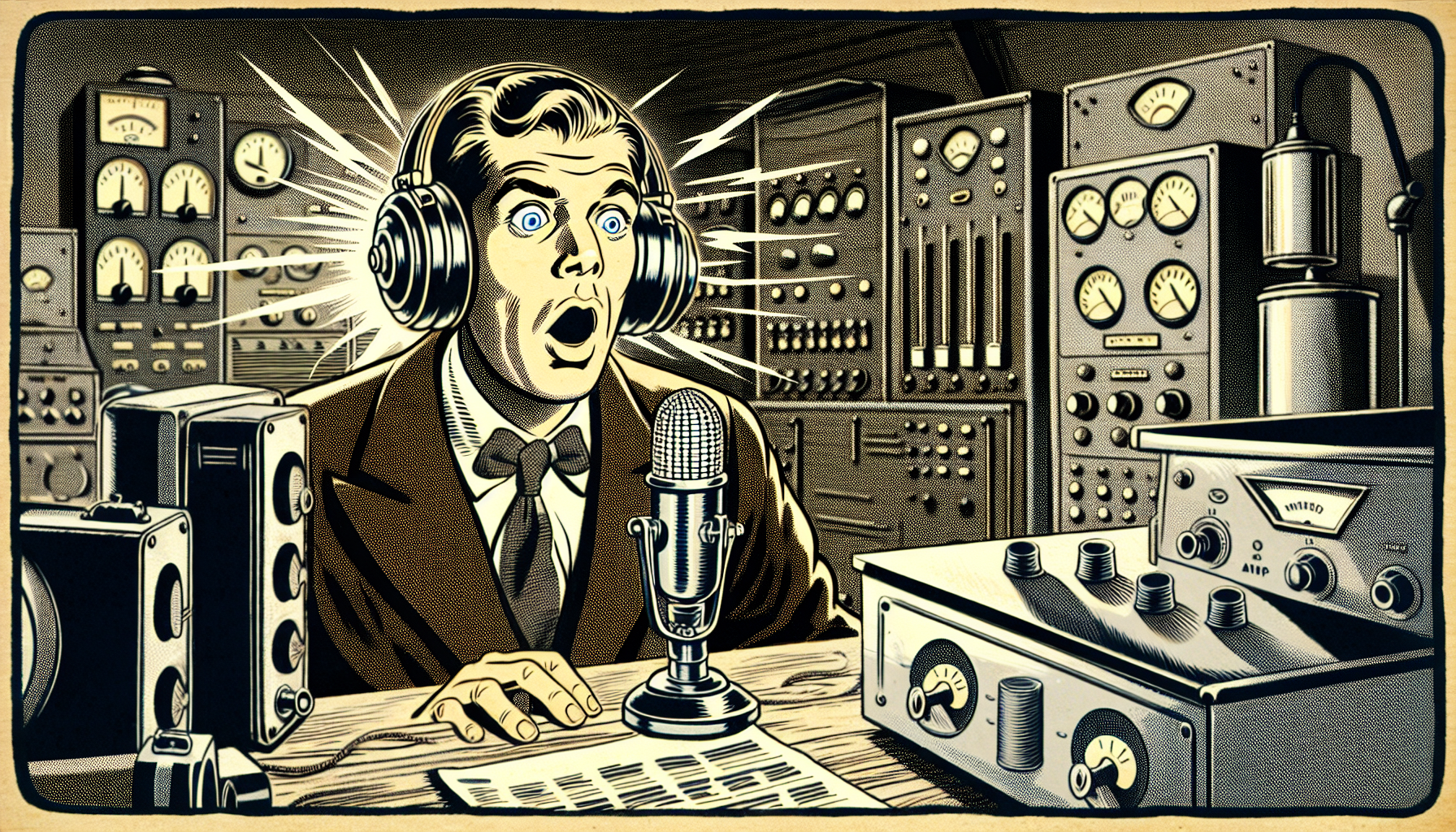
Imagine sitting in a dimly lit theater, popcorn in hand, eyes glued to the silver screen as an adventurous hero valiantly battles his way through nefarious villains or a doomed space explorer narrowly escapes the clutches of alien forces. Suddenly, amidst the cinematic chaos, there it is – a piercing, slightly comical scream that tickles your eardrums. Congratulations, you’ve just been Wilhelm Scream-ed!
What In The World Is The Wilhelm Scream?
The Wilhelm Scream is the audio version of Where’s Waldo, but instead of a stripe-clad wanderer, it’s a sound bite that’s been sneaking into movies and TV shows since the early 1950s. This infamous scream is like Hollywood’s favorite inside joke, a sonic Easter egg that sound editors love to hide in plain audio sight.
But where did it come from? The Wilhelm Scream first made its debut in the 1951 film Distant Drums, where it was used during a scene involving a man getting snatched and presumably nibbled on by an alligator. Originally just a nondescript sound effect labeled “man getting bit by an alligator, and he screams,” it wasn’t until a few years later that it got its iconic name.
The Birth of a Legend
The scream was dubbed the Wilhelm Scream after its use in the 1953 film The Charge at Feather River, where a character named Private Wilhelm lets out the scream after getting shot in the thigh with an arrow. Honestly, that sounds like a pretty reasonable situation to let out a blood-curdling scream, if there ever was one.
It’s worth noting that the man behind the scream wasn’t the actor on screen but likely a singer and actor named Sheb Wooley. The magic of Hollywood, folks – where screams can be outsourced and thigh arrows make history.
A Scream Goes Viral (Before Viral Was Cool)
The Wilhelm Scream’s leap from a forgotten sound effect to a cult favorite can largely be attributed to sound designer Ben Burtt. While working on Star Wars, Burtt stumbled upon the scream and, recognizing its potential for iconic status, decided it was perfect for a hapless stormtrooper meeting his demise. From that point on, the scream became a sort of audio badge of honor, making cameos in over 400 films and shows, including Indiana Jones, Toy Story, and The Lord of the Rings.
The scream’s spread through cinematic history is akin to finding an Easter egg in your favorite video game, offering a wink and a nudge to those in the know. It’s the auditory equivalent of spotting Stan Lee in a Marvel movie.
Why Do We Love It So?
So, what is it about this scream that has sound designers and movie buffs alike geeking out? Part of its charm lies in its sheer audacity; it’s so over-the-top that it can’t help but draw a smile or a chuckle, even in the midst of on-screen chaos. It’s as though amidst the artistry of film making, the Wilhelm Scream stands as a reminder not to take things too seriously – a testament to the playful undercurrent that flows through the craft of movie-making.
Moreover, the Wilhelm Scream has become a symbol of continuity and tradition in the rapidly changing world of cinema. Its presence links the Golden Age of Hollywood to today’s high-tech blockbusters, reminding us that while technology and storytelling techniques evolve, the joy of movie-making (and movie-watching) remains timeless.
In the end, the Wilhelm Scream isn’t just a sound effect; it’s a piece of cinematic lore, a thread in the tapestry of film history, and a rallying cry for sound designers and filmmakers to inject a bit of whimsy into their work. So next time you hear that familiar scream, tip your hat (or your popcorn) to the enduring legacy of Hollywood’s favorite audio cameo.






